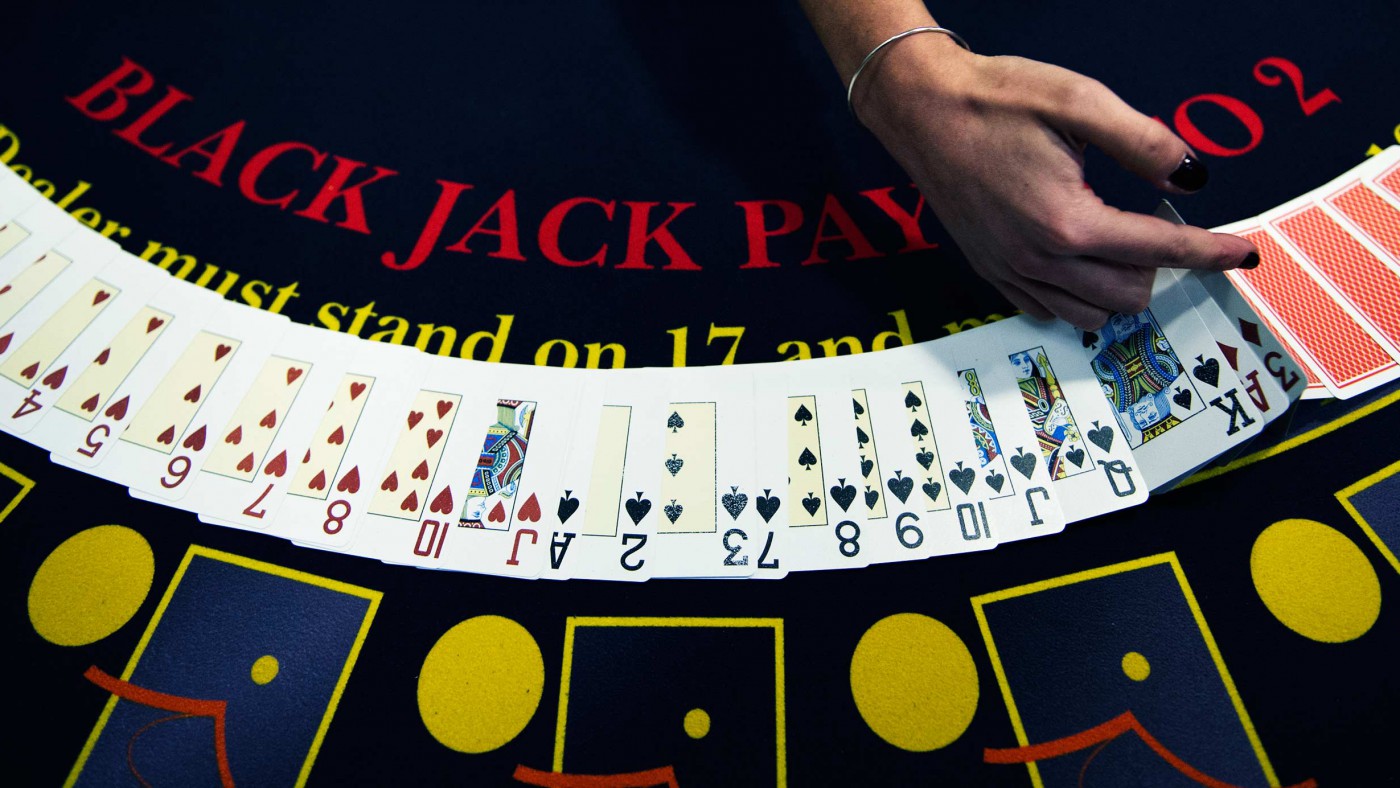Benjamin Franklin once said, “The only thing guaranteed in life is death and taxes”. We can all find ourselves moaning about taxes from time to time. But looking back on Britain’s tax history, here are 5 direct levies that we can be grateful about not having to pay for.
1. The window tax (or glass tax)
Introduced in England in 1696 during the reign of King William III, a duty was put on windows. Remarkably, this was kept in place for over a century, being repealed in 1851. With income taxes terrifically unpopular, the window tax was seen as a means of generating revenue for the King relative to individual wealth.
The impacts of this were hardly surprising. Windows were bricked over, still evident on older buildings, and the lack of indoor lighting ended up causing health problems. Nonetheless, the window tax did come to some use – blessing the English language with the phrase used today ‘day-light robbery’.
2. Following on from the window tax, came the brick tax.
In the 1700’s, the British government placed a tax on bricks. Not so amazingly, builders found an obvious flaw in the idea. Simply using larger bricks meant fewer bricks were needed, and there was less tax to be paid.
When the government finally realized this was happening, rather than repealing the tax, the genius’ decided to place a higher tax on bigger bricks. Like the window tax, the brick taxes overstayed its welcome, being recognized a nuisance and repealed in 1850.
3. A bad deal, the tax on playing cards.
With no Facebook and Xboxes around, playing a game of cards was the most popular post dinner hobbies between the 16th and 17th century. King James I saw an opportunity to raise revenue, putting into law that an emblem be placed on the Ace of Spades to prove the tax was paid. Remarkably, this was all still in law until 1960 when it was eventually repealed.
4. Why not tax hats?
Levied by the British Government from 1784 to 1811, hat salesmen had to buy a license and display a tax on every hat they wished to sell. This was legislated for as the government recognized that wealthier citizens wore and collected hats, while poorer citizens had one or none. Before this sounds like a cuddly and progressive tax, those who did not pay the duty were charged heavily, and if anyone was caught with forging the tax symbol on their hat they faced the death penalty.
5. Grab your razor, the Beard Taxman is coming.
In 1535 King Henry VIII decided it was a good idea to tax beards. So brilliant was this idea that it was followed on by his daughter Elizabeth I, who ordered anyone who had grown a beard for longer than 2 weeks needed to pay a duty and cough up to the government. The tax was in place as a means of status, Henry VIII had a long beard himself and it was a sign of high social class that you can afford the luxury of paying for your facial hair.
A similar tax was in place in Russia but for opposite reasons. In 1705, the Tsar saw beards as uncultured, so administered for a levy to encourage citizens not to grow them. If the citizens resisted, they had to carry a humiliating silver or copper coin saying “the beard tax has been taken” on one side, and “the beard is a superfluous burden” on the other.
Next time you look at your pay packet; do not feel disgruntled about how much of your income goes to the state. Be cheerful you are not taxed extra when you put on your top hat and leave your glassed ceiled red brick house to play cards with your heavily bearded chums.


